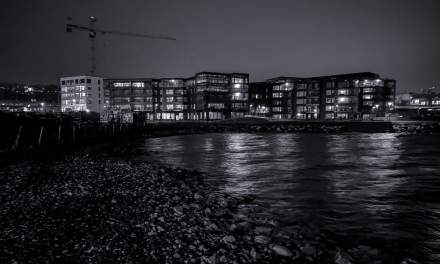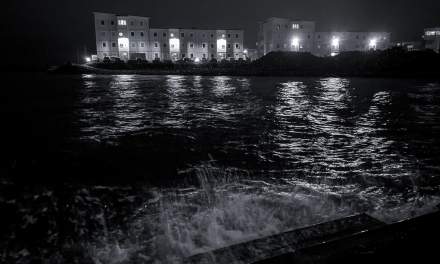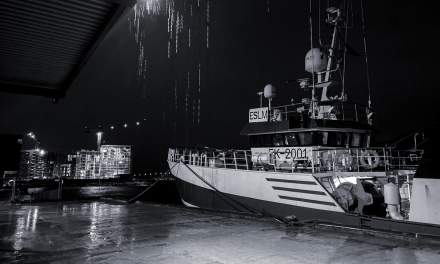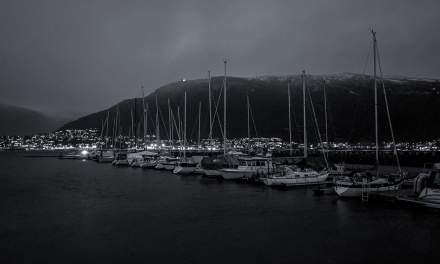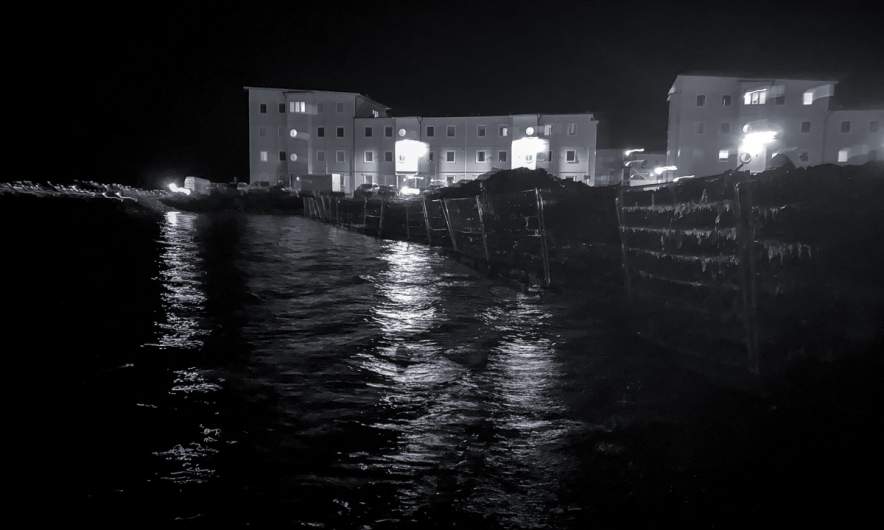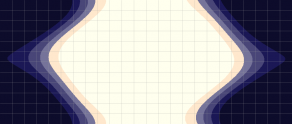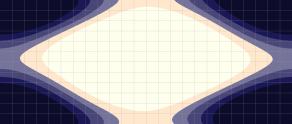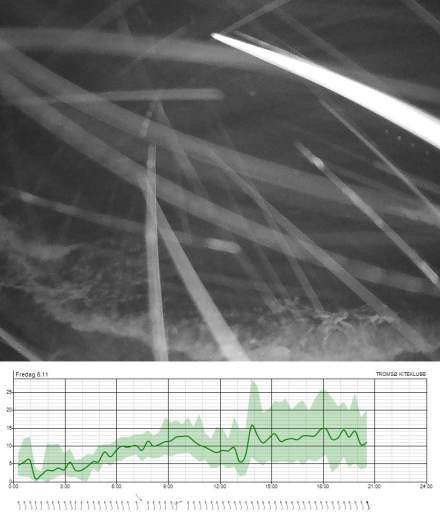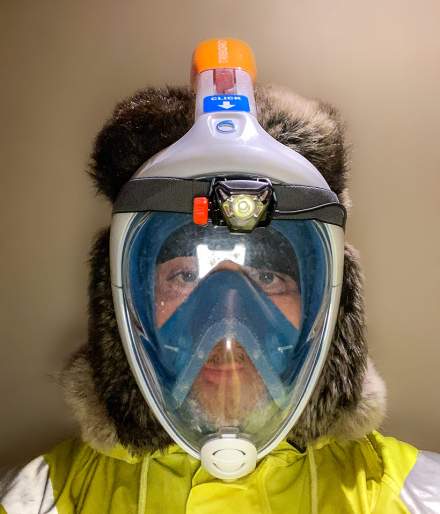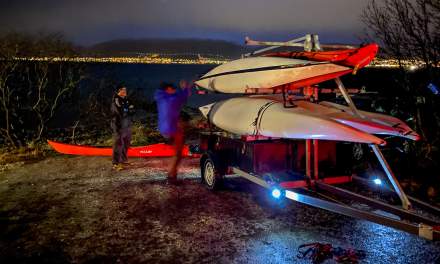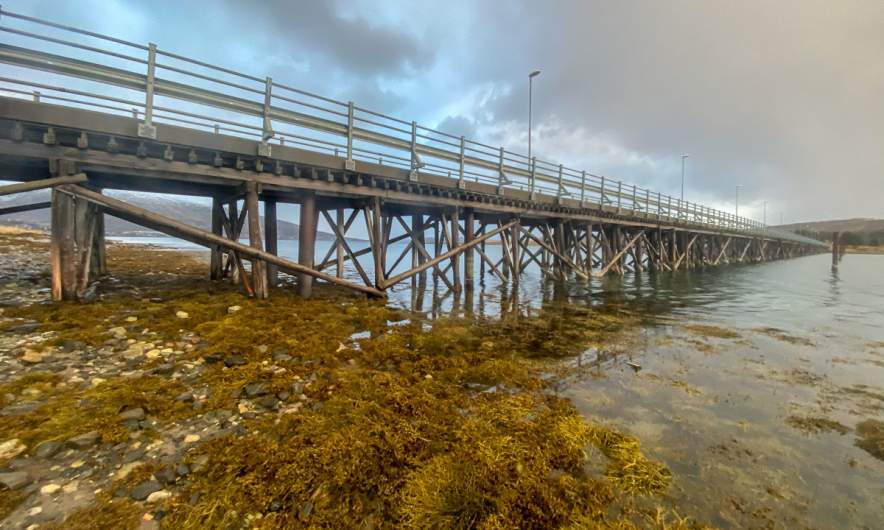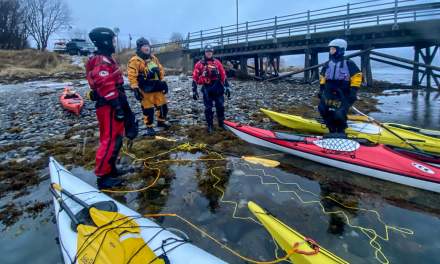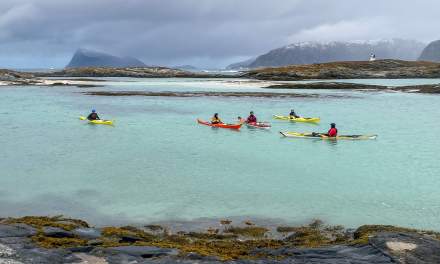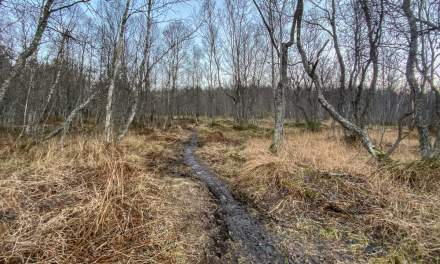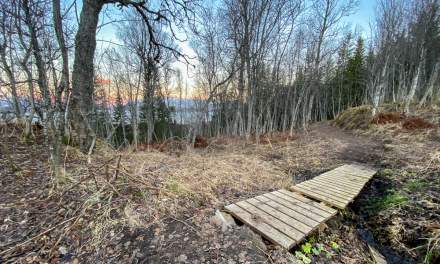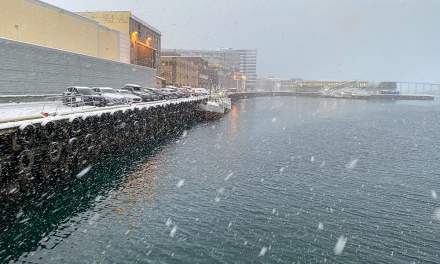This article is part of the series
“2020-10: New in Tromsø”.
I was really in doubt about writing this blog article and showing photos of the last weekend, where I participated the course Teknikkurs Hav (Technique sea kayaking).
Why? Because my photos lie. They show sea kayaks lying on nice beaches and us paddling in calm waters. All these photos are true but they tell only a fraction of the experiences I made when I kayaked in Northern Norway in the beginning of November.
Saturday – day 1
The paddling course was supposed to take place on Sommarøya. A beautiful place, but quite exposed to wind and weather. Due to the wind forecast (average wind 15 m/s) the instructors chose a more sheltered place for the first course day: Eidjordneset, just 12 km away from the boat house of the sea kayak club Trulle.
We gathered round 7 o’clock in the morning: We are the instructors Tim and Pål and four participants. Kind of luxury! We put the kayaks on the trailer and started driving: Past the airport, over the bridge crossing the Sandnessundet strait, to the left and then taking the turn to the island Håkøya where we parked and changed clothes for the tour. In my case: woollen underwear, two pairs of socks, a thick woollen sweater, drysuit, neoprene boots, gloves and hood. In addition to that the sprayskirt, life vest, towline system and helmet. We do not only dress for the chilly air but for being in the water as well. Tim wrote in the email: “We will be doing a lot of swimming”
We started to dress in darkness but when we were ready it had got light.
We put the kayaks into the sea and started paddling east along the Håkøya. After getting our paddle strokes improved we started to practise partner rescue. One kayaker capsizes, opens the sprayskirt and swims. Then there are different techniques of emptying the capsized kayak and support the swimmer to enter the kayak again. While we were training this several time. As Tim said: a lot of swimming. While practising the wind blew us more and more to the east. Time to turn back.
Now we had to paddle against the wind. First it went quite well but we already could see the huge shower cell coming towards us. Round 2–3 °C in the air. Would it be rain, sleet or snow? No – it was a grown up hail storm approaching. Within minutes we had wind speeds of round 20 m/s howling around us, blowing spray from each wave and throwing hail right into our faces (ouch, my lips!). The instructors decided to guide us to land where we waited for the hail to stop.
Soon the weather was calmer but still very windy. It took a while until we reached the bridge, where we started the tour. On the way back I had one of the rare opportunities to take some photos with my iPhone while paddling. Mostly I was too occupied with practising or catching up.
When we arrived at the bridge we crossed under it, because on the other side the sea was a bit more sheltered. Here we practised a lot of different paddle strokes as edging or low and high brace. This was quite intense – only interrupted by a short and frugal lunch break – and I’ll have to train a lot until my body has understood the movements. We ended with a rescue case: One of the participants had to pretend having an injured shoulder and we had to both give support balancing her kayak and tow her on land. Well, there was a lot of discussion but finally we managed it. Ok, it was only 20 metres or such to tow.
To make it short: changing into warm clothes · putting the kayaks onto the trailer · heading back to the boat house · I got a lift home · hot shower · great!
Sunday – day 2
Two of us met Tim at the boathouse, where we got a lift to a petrol station, our meeting point. As you can see it had been snowing and it was quite slippery.
Now on day two we would drive to Sommarøya and take the second course day there. Great, because the area round Sommarøya is wonderfully beautiful. Sommarøya is more than 50 km from Tromsø and the shorter way is leading through the mountains, so due to the weather conditions it took a longer time to travel there. And that’s how it looked like from the bay Steinsvika on Store Sommarøya.
We paddled to a flat rock covered by breaking waves and tried out some paddle strokes from the day before. That gave us opportunities for more buddy rescues, because of three capsizings. We made a short break on one of shallow beaches.
After that we started to round the island Storholmen where the Sommarøy lighthouse is located. First we tried to stick near the rocks to play with the waves. The further we came to the open sea, the higher the waves became and we increased distance.
Especially at the northwest tip we had waves up to 150 cm coming from several directions so that it took all my concentration just to paddle on while feeling quite stressed and a bit helpless. A bit further the waves coming from the open sea behind us built up to huge rollers and breakers on the shallow bay. I was too scared to join the others that played in these waves (with several capsizings and rescue manoeuvres). Therefore I paddled a bit further to reach a more sheltered part of the bay and wait there not to split the group. One other paddler joined my shortly after. Then all of a sudden a really huge wave came, broke just where we were and knocked us both over. There was nothing I could do. I immediately lost my kayak in the wave and it took a bit of time and help from the others to fetch my kayak and get us in again. I know that I have to learn to paddle under such rough conditions as well, but I’m not sure if I’ll ever enjoy it.
I really was glad about the lunch break. Here Tim and Pål told us about the star rating system for waves. It goes from 1 (lowest) to 5 (highest), and mostly we had 3-star conditions out there, with one two-metre-wave probably being a 4 star.
Even after lunch I was mentally quite exhausted. But at least we had started heading back and were soon in calm waters again. The others learned some more rescue manoeuvres and such but I kept aside for a while because I couldn’t focus any more.
Finally we made another towing manoeuvre, where two of us towed another kayak while the fourth paddler supported balance. While I was mentally tired I still had physical energy so I tried to drag a bit harder the last part to come up onto the sandy beach as long as possible. And that’s where Tim took this photo of us. I’m in the front – watch the nice violet helmet!
(Photo: Tim Vanhoutteghem – True North Adventures)
Conclusion: This course was too difficult for me. I was too scared and overchallenged. But I had skilled instructors, great fellow paddlers and learned a lot – though the hard way. I’m really glad that I had the opportunity to join this course and already decided to take the same course again as a fresh-up next spring.
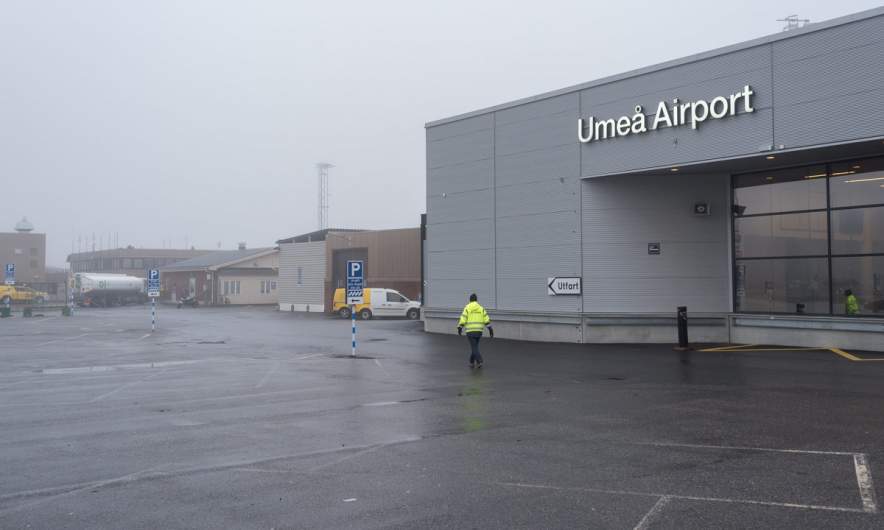
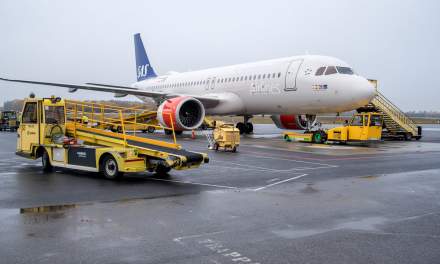
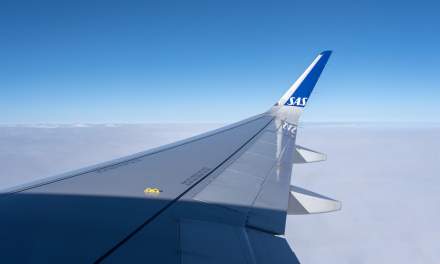


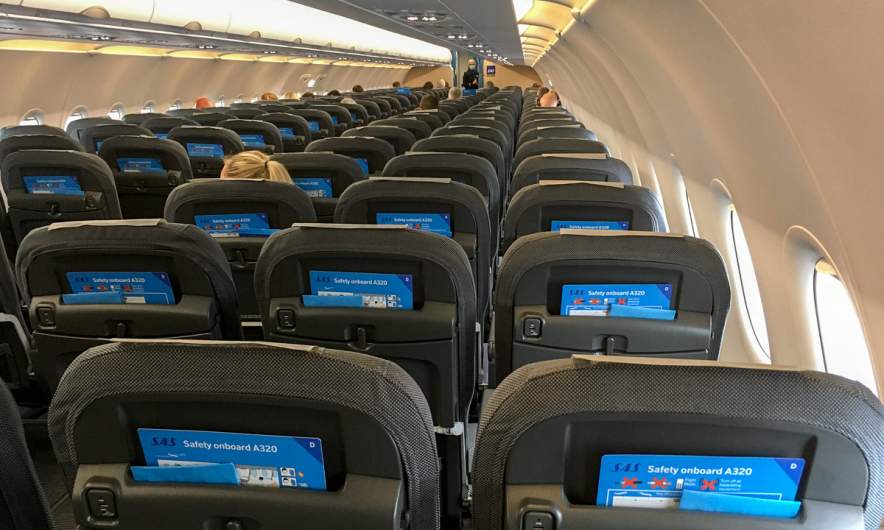
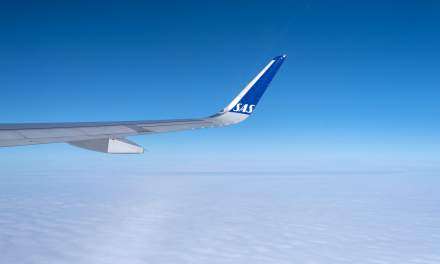

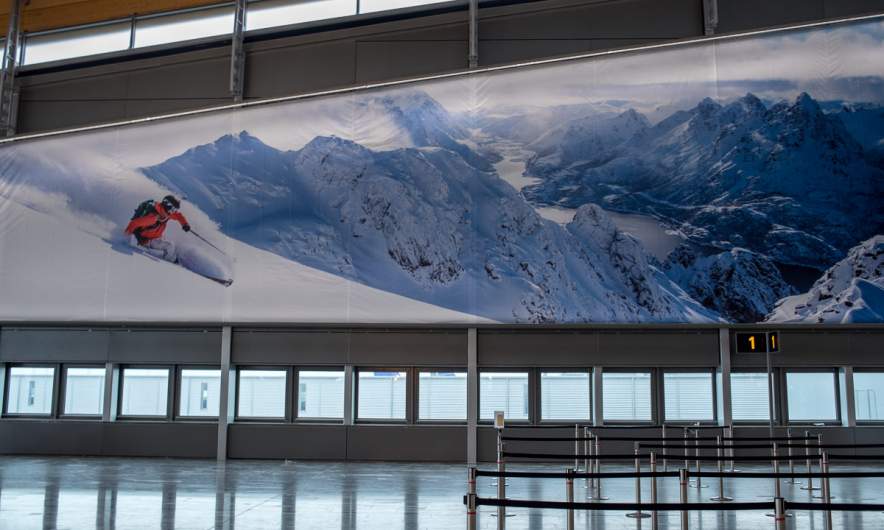


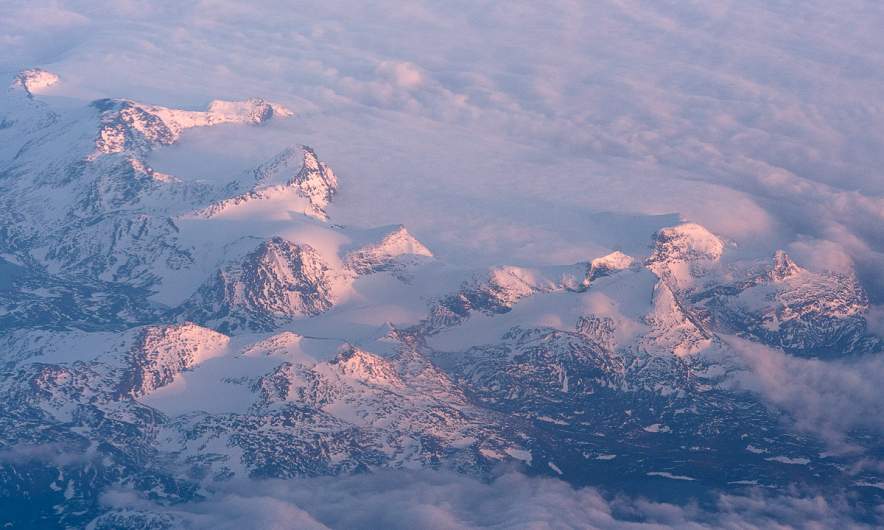

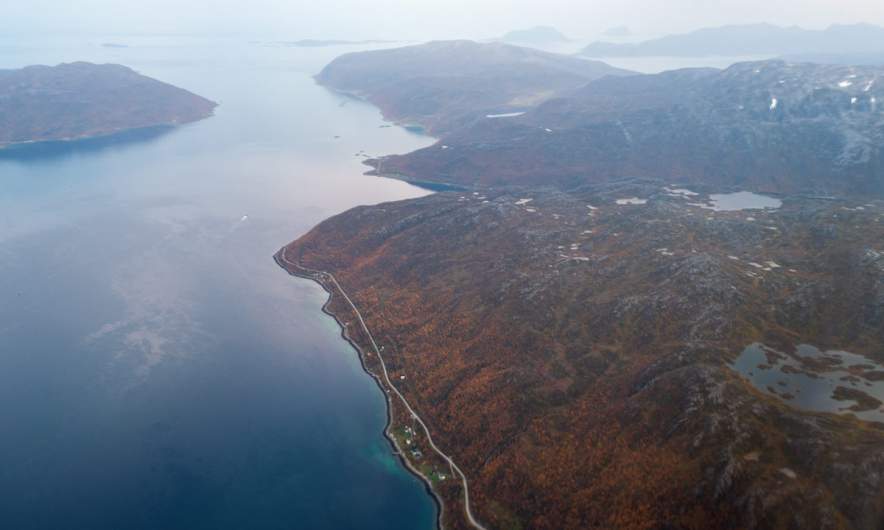


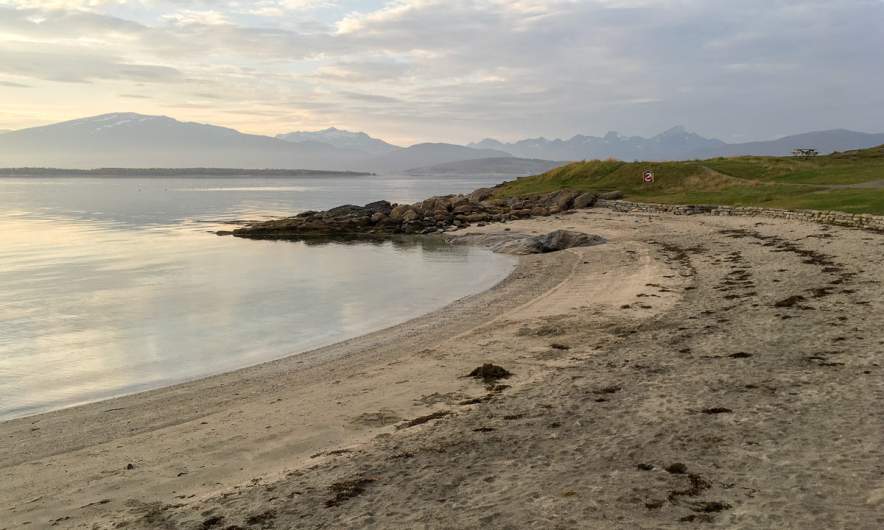

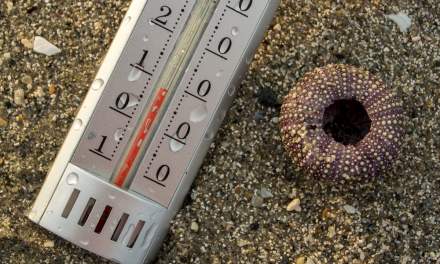

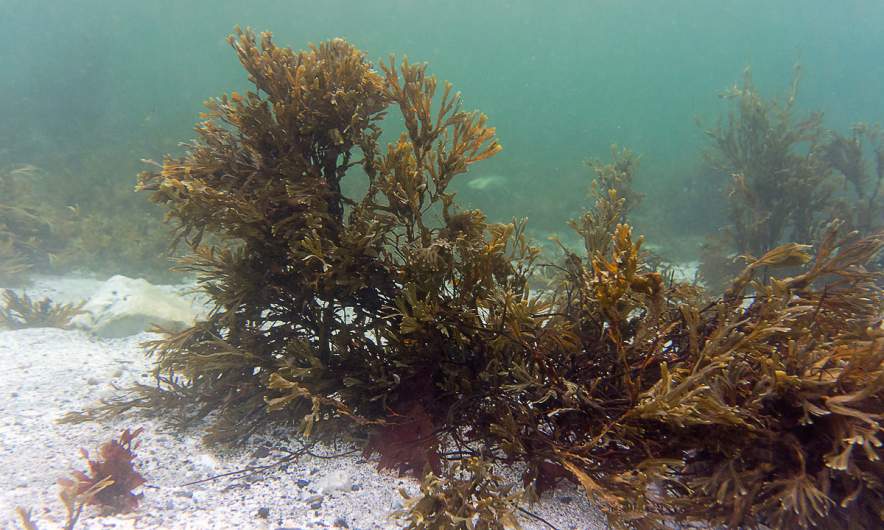

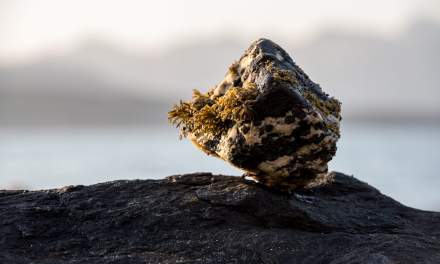



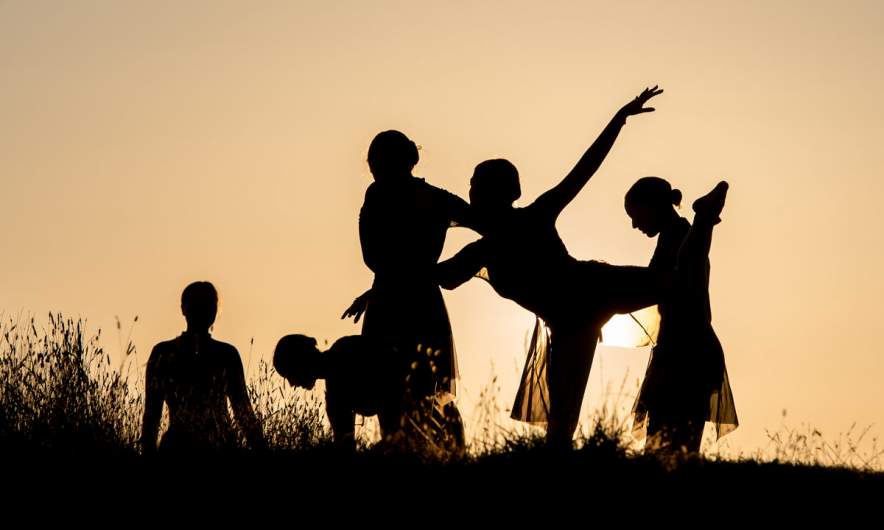
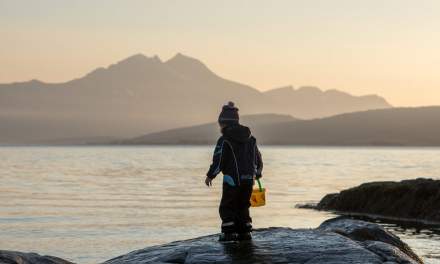
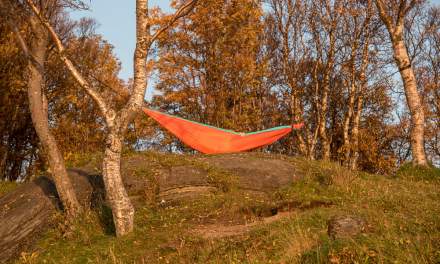



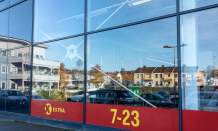
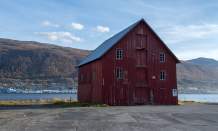
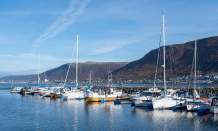
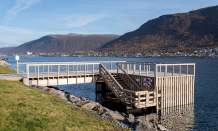
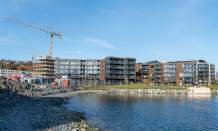
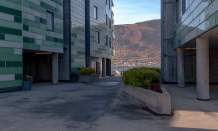
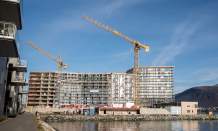
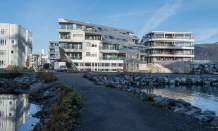
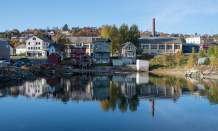

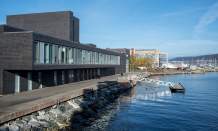
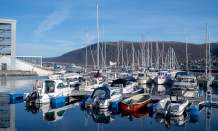
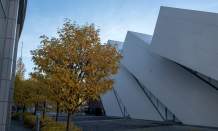
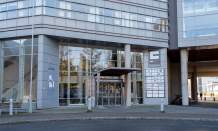
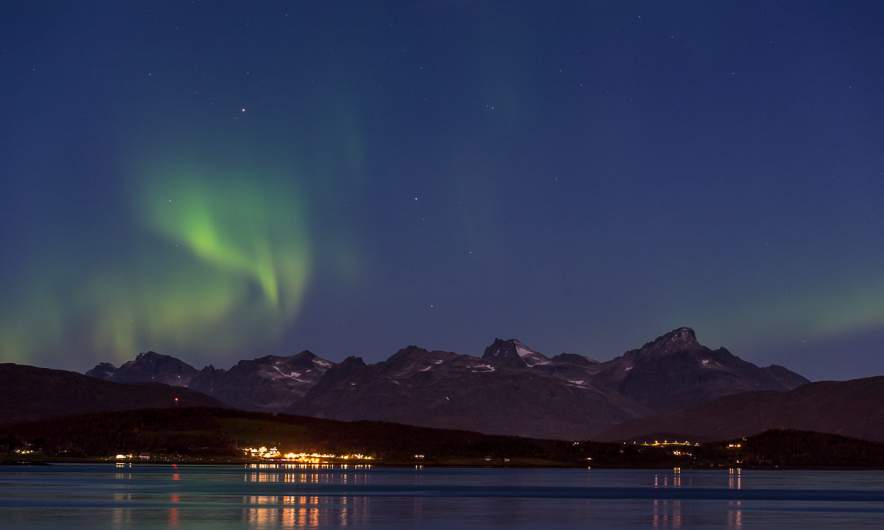
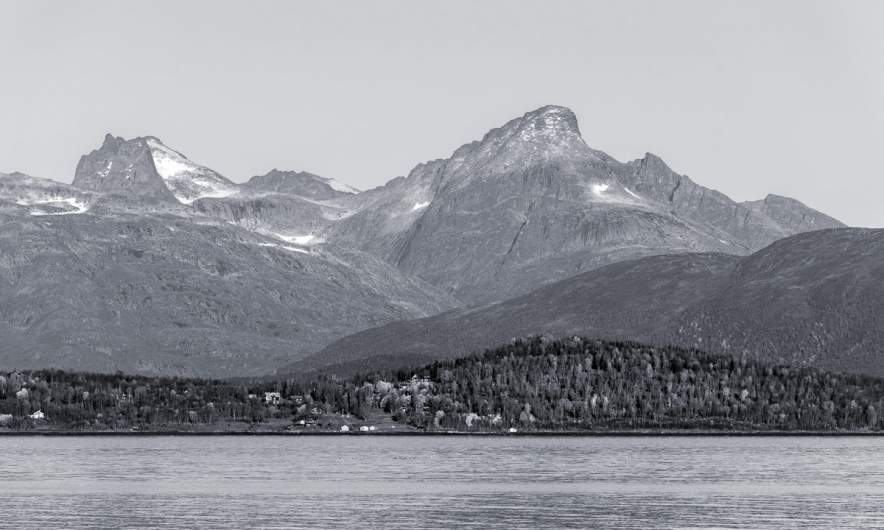








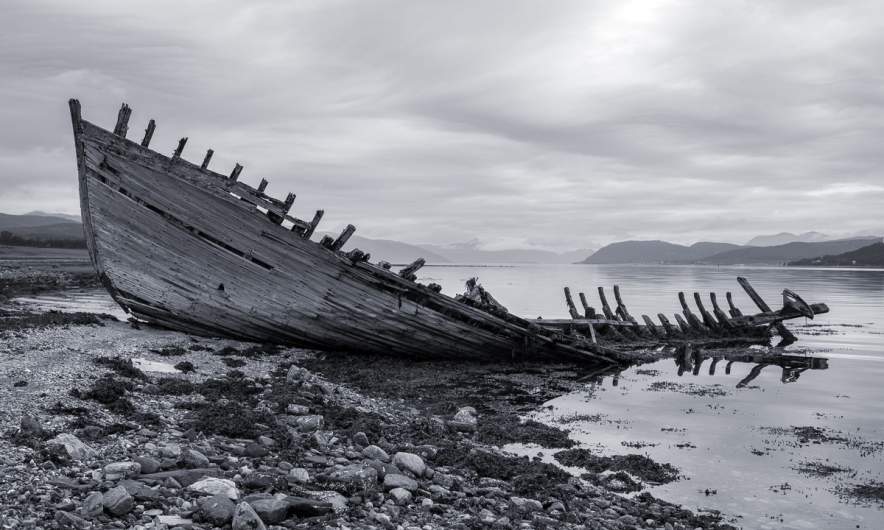


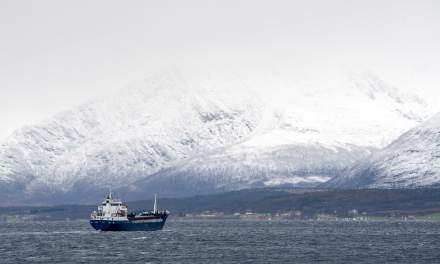
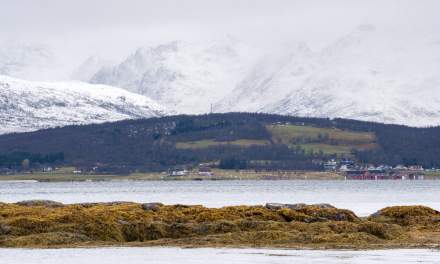
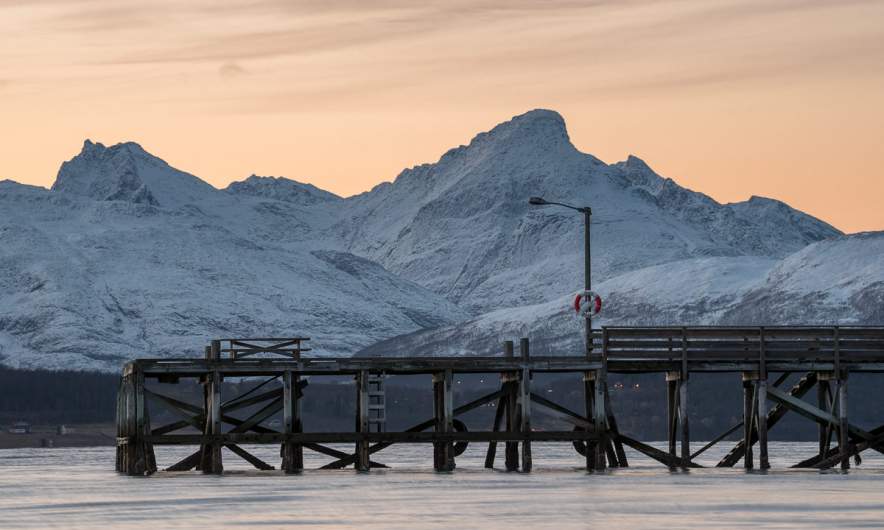
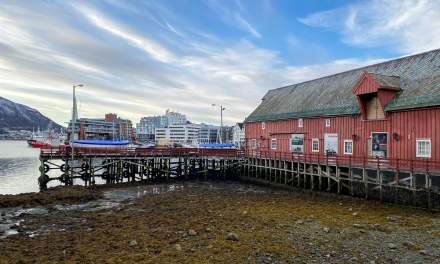

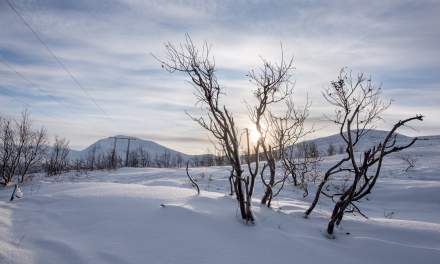








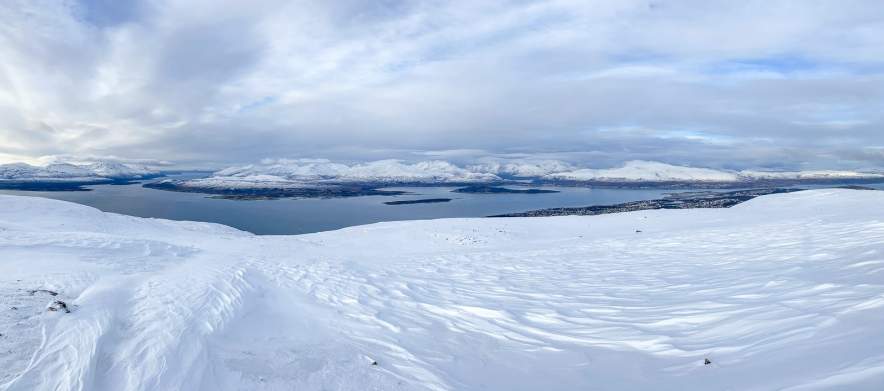
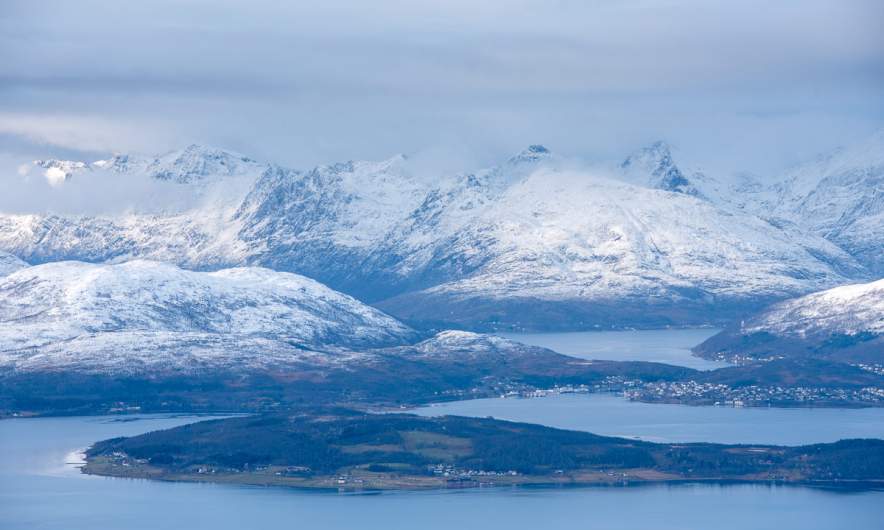

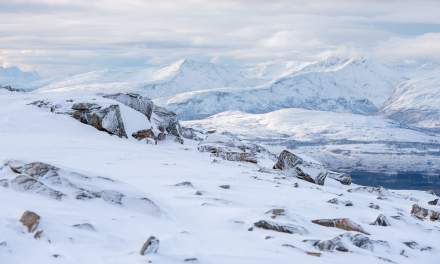



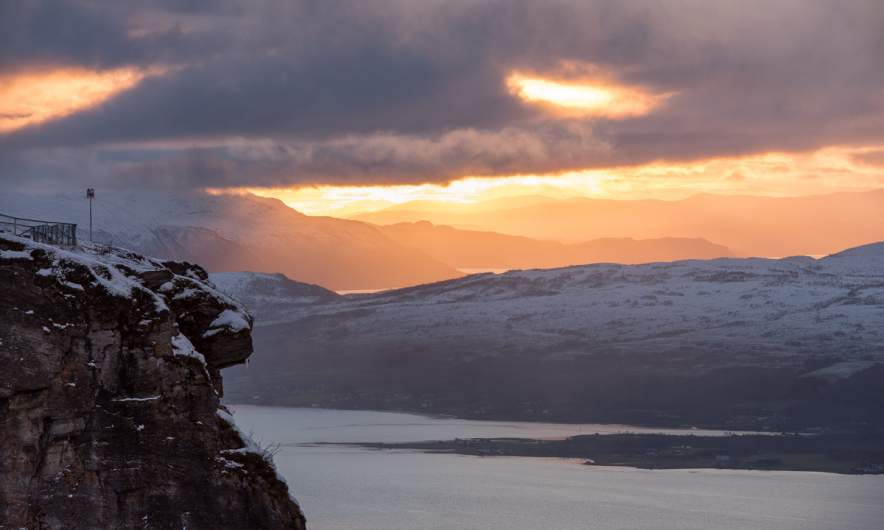
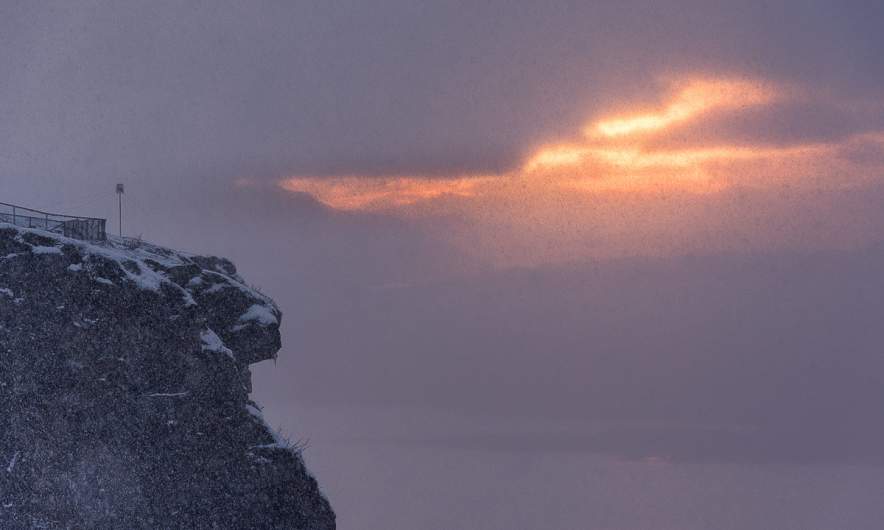
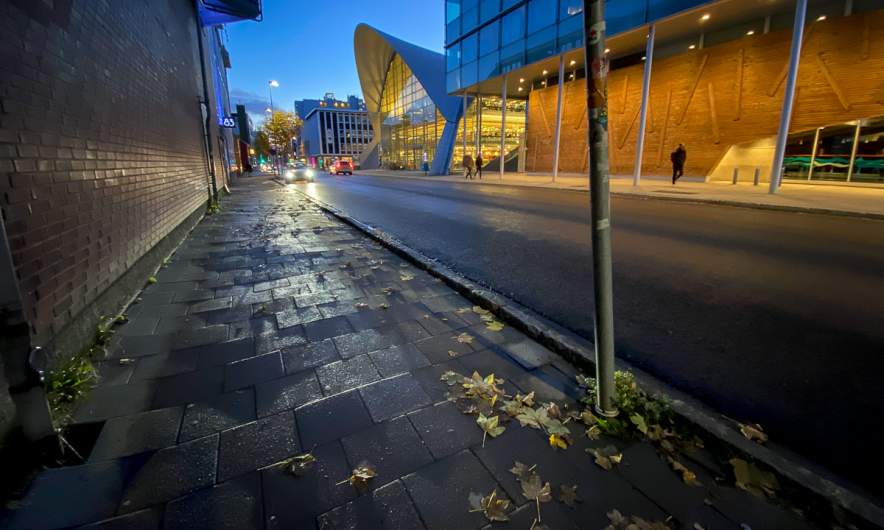

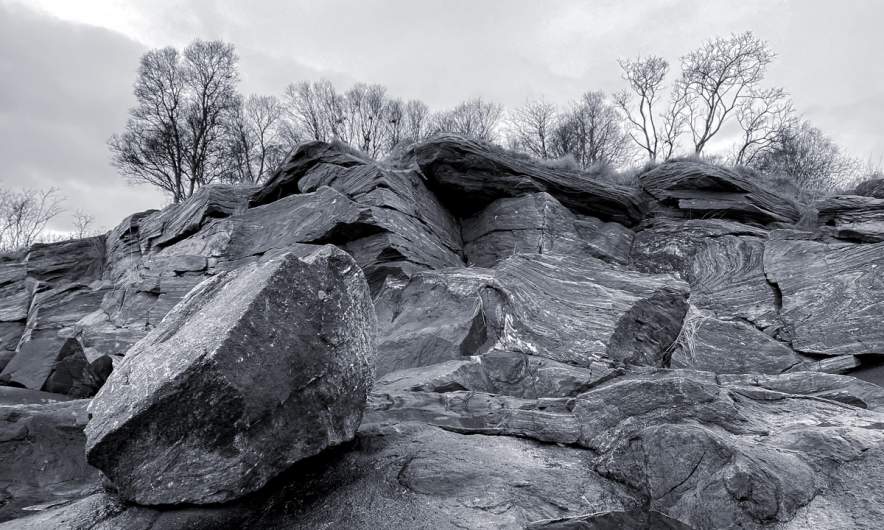
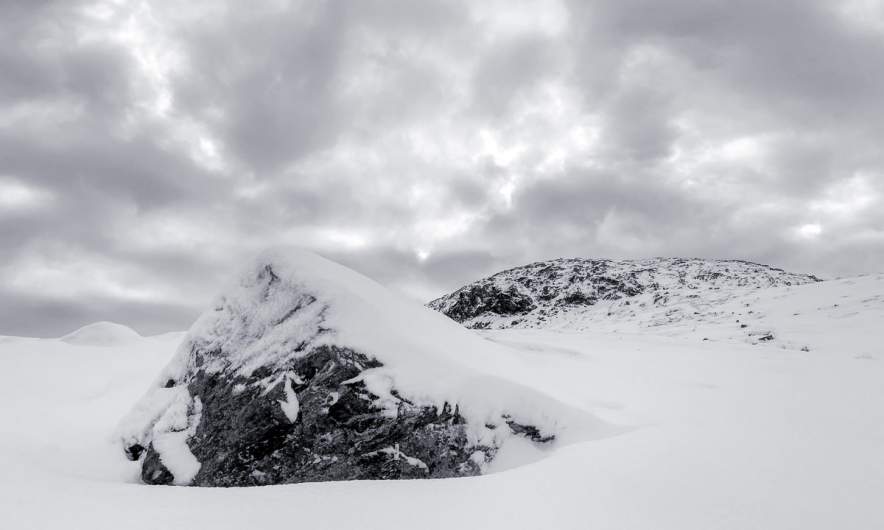


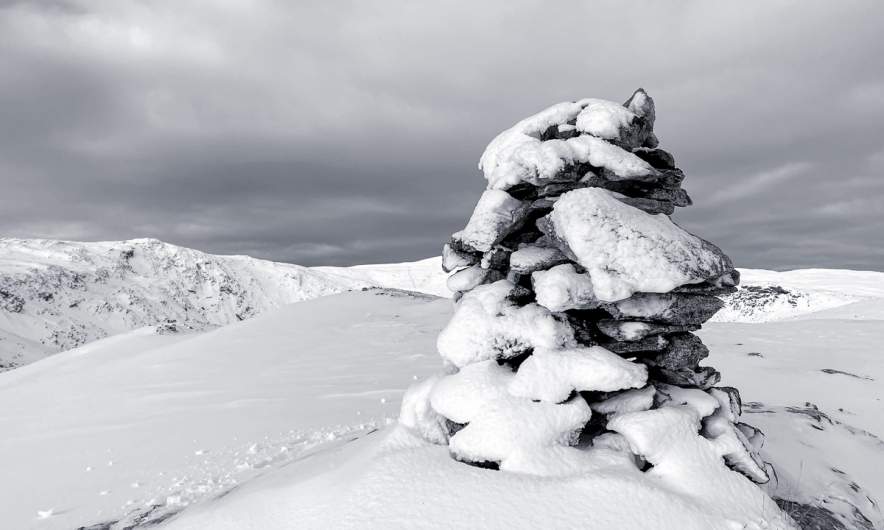







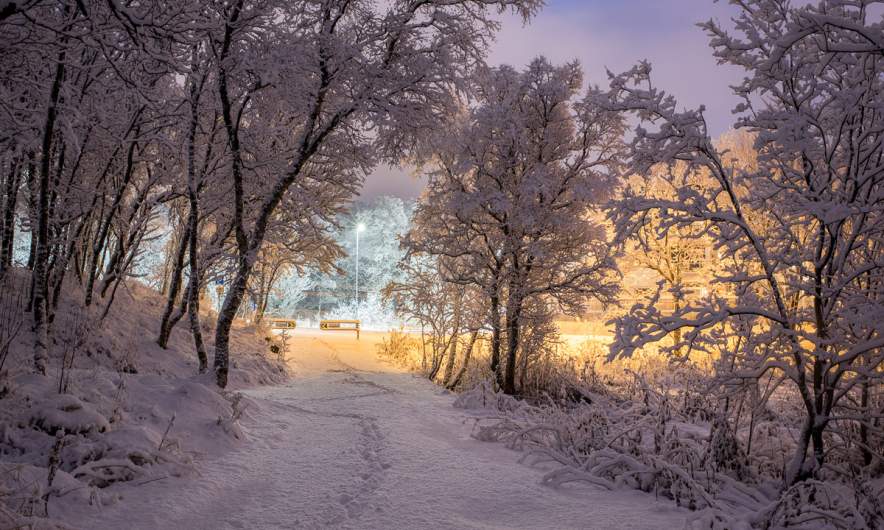

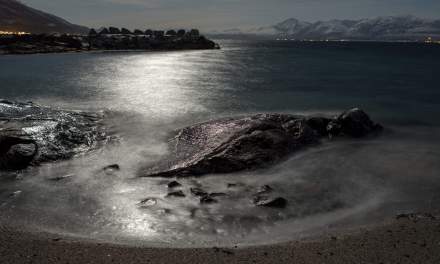


![[preview]](https://way-up-north.com/wp-content/imagecache/2020-10-preview-1-440x268.jpg)

